Research shows that rising global economic prosperity has been paralleled by a notable decline in people’s wellbeing. This impacts on coliving communities, and beyond. People are lonelier, more depressed and suffering from anxiety and burn-out more than ever before.
We at Conscious Coliving believe that coliving can help reverse this trend and foster the flourishing of individual and collective wellbeing. Wellbeing is one of the core aspects of The Conscious Coliving Manifesto – and therefore, we suggest wellbeing beig at the core of coliving business models. Our vision in regard to this aspect is that coliving spaces offer people
a home where you can flourish
socially, mentally and physically
The question is: How to achieve this?
This was the guiding framework for the second summer series meetup organised by Conscious Coliving. Other meetups are taking place in London and Paris over the next months, each meetup focusing on one of the core aspects from our Manifesto. You can read the summary from our Berlin meetup focused on how can coliving foster thriving communities here.
The official title for this meetup, hosted at THE FIZZ in Berlin, was “How can coliving foster wellbeing?”. A range of coliving operators and enthusiasts were present including Happy Pigeons Co-Living, rent24, Vonder, The Collective, Factory Berlin and Volt Europa. Special thanks to @cherrythom for the wonderful photos.
In order to dive into this topic, we chose indicators of positive wellbeing from the European Social Survey (ESS) that we believe correspond closely to coliving. The ESS has been conducted every two years across Europe since 2001, incorporating the attitudes, beliefs, and behaviour patterns of more than 300,000 respondents from over 30 countries. It identifies a variety of positive wellbeing indicators of which we chose three that we find to be most relevant to coliving.
These are
- Vitality measured by “in the past week I had a lot of energy”
- Positive relationships measured by “there are people who really care about me”
- Emotional Stability measured by “in the past week I felt calm and peaceful”
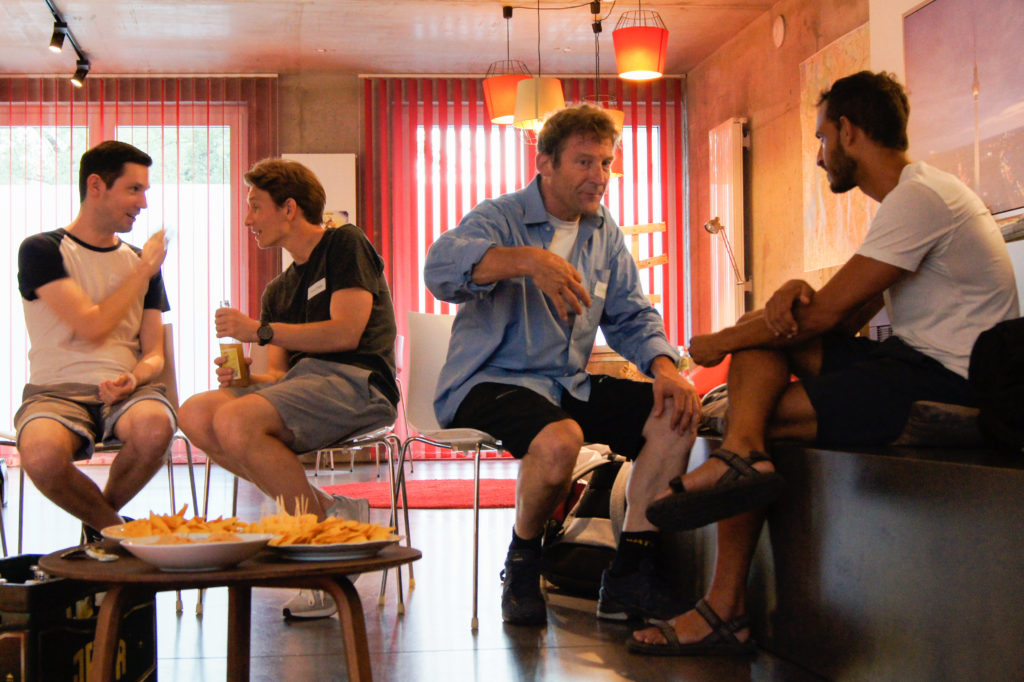
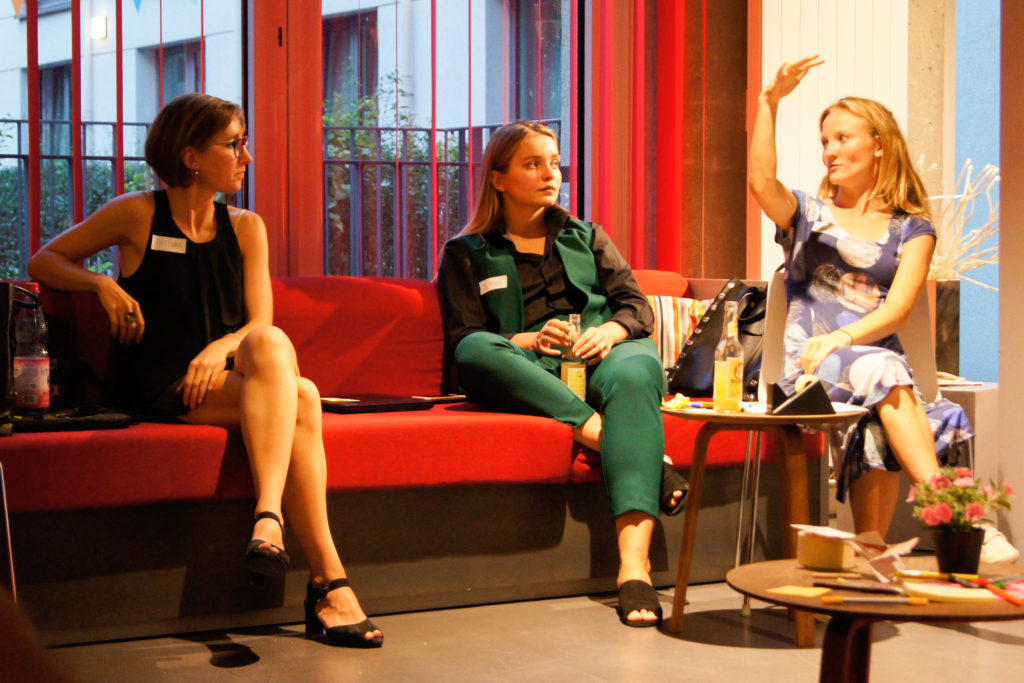
Gathering Collective Insight
During this meetup, we invited participants to look into these three indicators and brainstorm strategies to support and achieve positive outcomes in each of these wellbeing indicator areas.
Everyone then broke out into three groups to discuss each of the indicators more in depth.
The guiding questions for each group were:
- What are strategies to foster positive outcomes for this indicator of wellbeing?
- What are the challenges with implementing these strategies for wellbeing?
- What are ways to overcome these challenges?
- How do you suggest to measure this indicator of wellbeing?
The next section summarises the main points each group came up with.
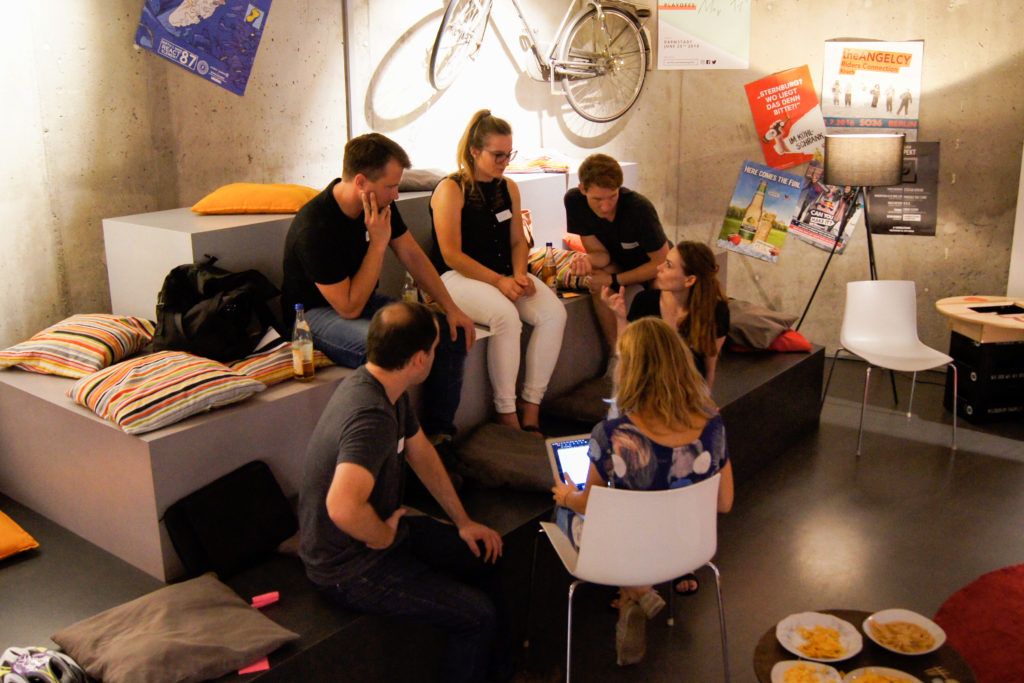

Group 1: Vitality
What do we mean by vitality?
Vitality can be defined as the state of being active and energetic, with the capacity to grow and develop. It also has the general meaning of “life force,” as in the mysterious power that separates the living from the dead. According to the ESS, vitality includes sleeping well, feeling energised and feeling able to face the challenges that life presents.
Strategies for fostering vitality within the context of coliving include: | |
| |
Challenges | Approaches to Overcome |
Lack of budget to finance the above-mentioned strategies and space, since many may not be revenue-generating. | Make the argument that investing in such strategies will help differentiate your coliving space and increase resident retention. |
Possible lack of motivation by residents for above activities | Ensure you have a trained community manager that can engage with and encourage residents. Ideally residents will self-organise around vitality-enhancing strategies, but there may be a need for some priming in the beginning. |
Group 2: Positive Relationships
What do we mean by positive relationships?
Positive relationships offer trust, tolerance, and belonging, while contributing to personal development and mutual support of each other. According to the ESS, positive relationships relate to individuals’ feeling that there are people in their lives who offer support, companionship, appreciation, and with whom intimate matters can be discussed.
| Strategies for fostering positive relationships within the context of coliving include: | |
| |
| Challenges | Approaches to Overcome |
| Coliving can be transient which might undermine the motivation for people to invest in building close relationships with others | Get people bonding before they even arrive. Offer a buddy system in which a new person is paired with a long-term resident. Design for long-stay living but offer the option for both long-term and short-stay people so that short-stay people are invited to attend regular community events, bringing in new energy and ideas. |
| Getting continuous buy-in and motivation to be active can be a challenge. | Empower community facilitator / community manager to motivate residents to attend events. Incentivise attendance through snacks/drinks |
| Residents arrive with different expectations, hopes, purpose. | Communicate the brand, experience, and expectations upfront to try and get people on the same page before arriving so that bonding is easier upon arriving to community. Design space around positive relationships and interaction, e.g. designated space just for coffee or specific events around a common theme. Consider larger themes than can be part of curation aspect (e.g. specific houses where everyone is an athlete or is passionate about music) |
| Too many people to connect deeply | Create smaller clusters/families of residents (e.g. by floor, shared interest). |
Group 3: Emotional Stability
What do we mean by emotional stability?
Emotional stability can be characterised as the ability to remain in a state of feeling calm, peaceful and balanced. According to the ESS, emotional stability includes positive day-to-day feelings such as happiness and enjoyment of life, and lack of negative feelings such as anxiety and depression.
Strategies for fostering emotional stability within the context of coliving include: | |
| |
Challenges | Approaches to Overcome |
Risk that community manager gives too much of self, loses self in the role and is stressed and anxious | Clearly define responsibilities and job description to be more clear where community manager responsibilities reaches. Self-chosen accountability: ensure that community manager is able to find moments where he/she can join the community as a participant rather than in an active role. This is what community manager at the Fizz does. Identify other ways to care for the wellbeing of on site staff (i.e. team outings and efficient on-site team rotas). |
Introverts’ voices often overruled by more outspoken and extroverted people | Organise inclusive events for all kinds of people (e.g. not just parties but also meditation, yoga, painting, book club, etc). |
Finding sweet spot between privacy and communal areas | Design for both communal areas as well as safe places for people to retreat on their own. |
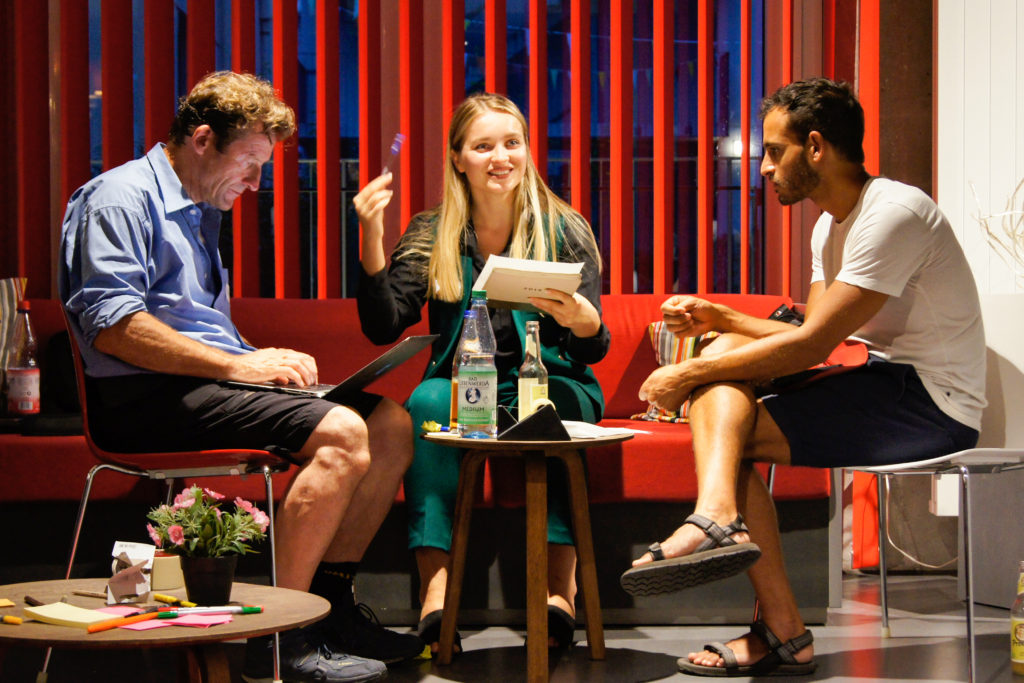
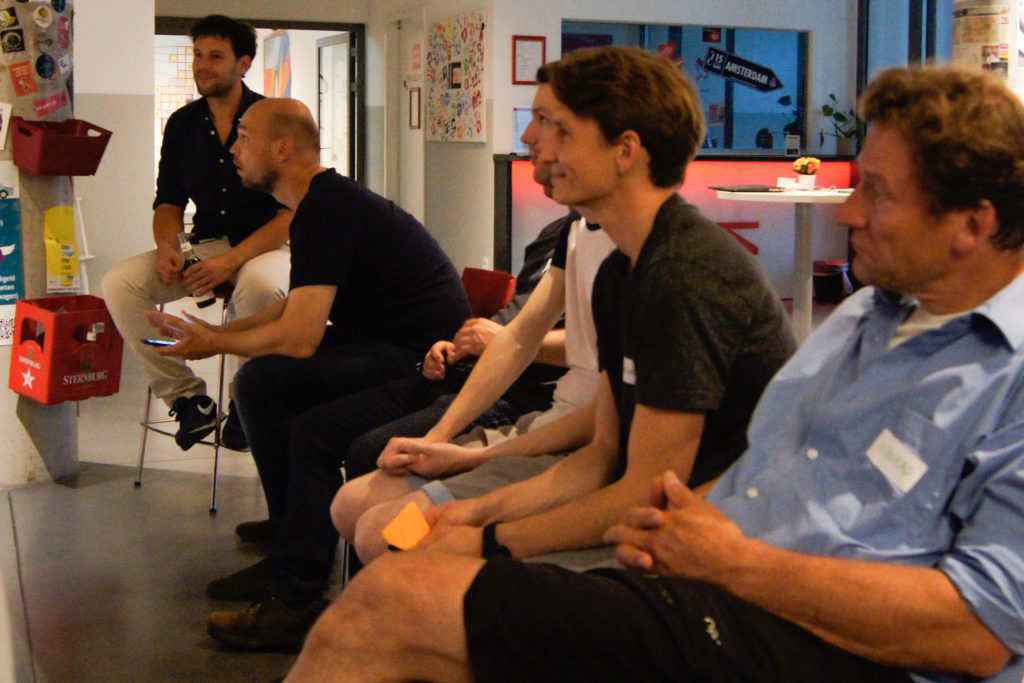
Suggestions for how to measure these indicators of wellbeing included:
- Conduct a survey with similar measurement questions as the European Social Survey;
- Build an app for internal use through which can conduct regular survey, including questions such as: how do you feel today, how many activities did you partake in this week?;
- Incentivise people to respond through free give-away, meals, etc.;
- Make anonymous to avoid resistance of answering intimate questions;
- Track the number of proactive suggestions and self-organising initiatives from community members;
- Track how often people return to events (assuming they return if they are getting some positive wellbeing impact from events);
- Gather wellbeing input from community manager who is “feeling the vibe” of the residents.
Wrapping Up
In summary, we offer a couple final reflections.
- First, it became apparent how many of the strategies feed on each other, for instance some approaches to emotional stability feed off of having a healthy body (vitality).
- Second, we noticed there needs to be an equal emphasis on strategies that foster the wellbeing of on-site staff operators, not just residents.
We hope to continue exploring the ways that coliving spaces can integrate these indicators of wellbeing into their design, development and operations in order to truly foster coliving spaces that enable residents to flourish physically, mentally, emotionally, and socially.
Would you like support maximising wellbeing in your coliving space? We are coliving consultants and we would be happy to explore how can we collaborate.
This article has been coauthored for you by:
Transformational Coach and facilitator. Trainer in mindfulness, sharing circles, and how to live and lead more consciously. Co-author of the Community Facilitation Handbook and the Coliving Apps & Tech Guide. Facilitates community engagement strategies.
Juan is a Communications Strategist, Project Manager, Systems Engineer, Team Coach and Executive Coach with an ontological/systemic approach. Co-author of the Coliving Apps, Software & Tech Guide and contributor of The Community Facilitation Handbook. He facilitates connection for individuals, teams, and communities.